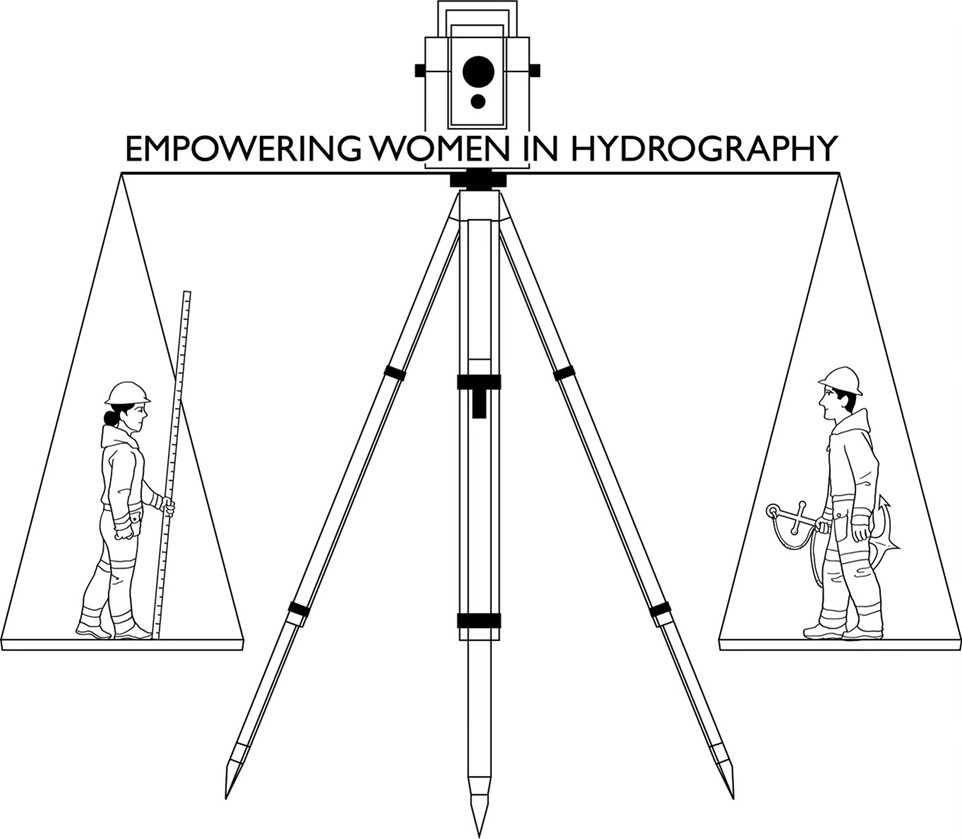
1. Introduction
This is part of a series of Notes related to the International Hydrographic Organization (IHO) Empowering Women in Hydrography (EWiH) initiative.
This Note will educate readers about “The Big Three” industrial safety barriers to women’s participation as identified by the authors – inadequate personal protective equipment, inadequate quartering, and unsuitable equipment design – and provide history and context as to how these safety barriers evolved. We then suggest a series of actions and policy changes for institutions to break down these barriers. These actions do not need to be time-consuming or expensive to implement, but they do require dedicated effort and a commitment to institutional change. Individual goodwill is not sufficient.
Safety concerns related to workplace harassment and workplace violence merit their own place and will be discussed in a future Note.
2. Safety of Women Hydrographers: The First and Greatest Inequality
The first and greatest burden of inequality placed upon women working in the Hydrographic Survey profession is who lives and who dies if they go in the water.
Cold-water immersion suits for shipboard or aviation use are tested for thermal loss on manikins based on the body measurements of men (Glüder, 2020; Power & Simões Ré, 2010). Cold-water survival times and thermal suit ratings were historically only tested in healthy male subjects (Hagan et al., 1996), and the thermal suit ratings were not adjusted when new evidence showed significant cold stress responses between genders (Iyoho et al., 2017). Likewise, immersion suit sizes were designed to fit a typical male body and were scaled up or down to fit larger and smaller male frames, which include the size of men’s necks, hands, and feet as well as height. The size, design, and thermal ratings put women’s lives at risk: women entering cold water wearing an incorrectly sized (too-large) suit with an ill-fitting neck seal and no way to purge air from the leg and foot areas are more likely be adversely impacted by the effects of cold water than a typical man wearing the same suit, such as drowning from inversion, hypothermia, rapid breathing from cold shock, or loss of muscular control.
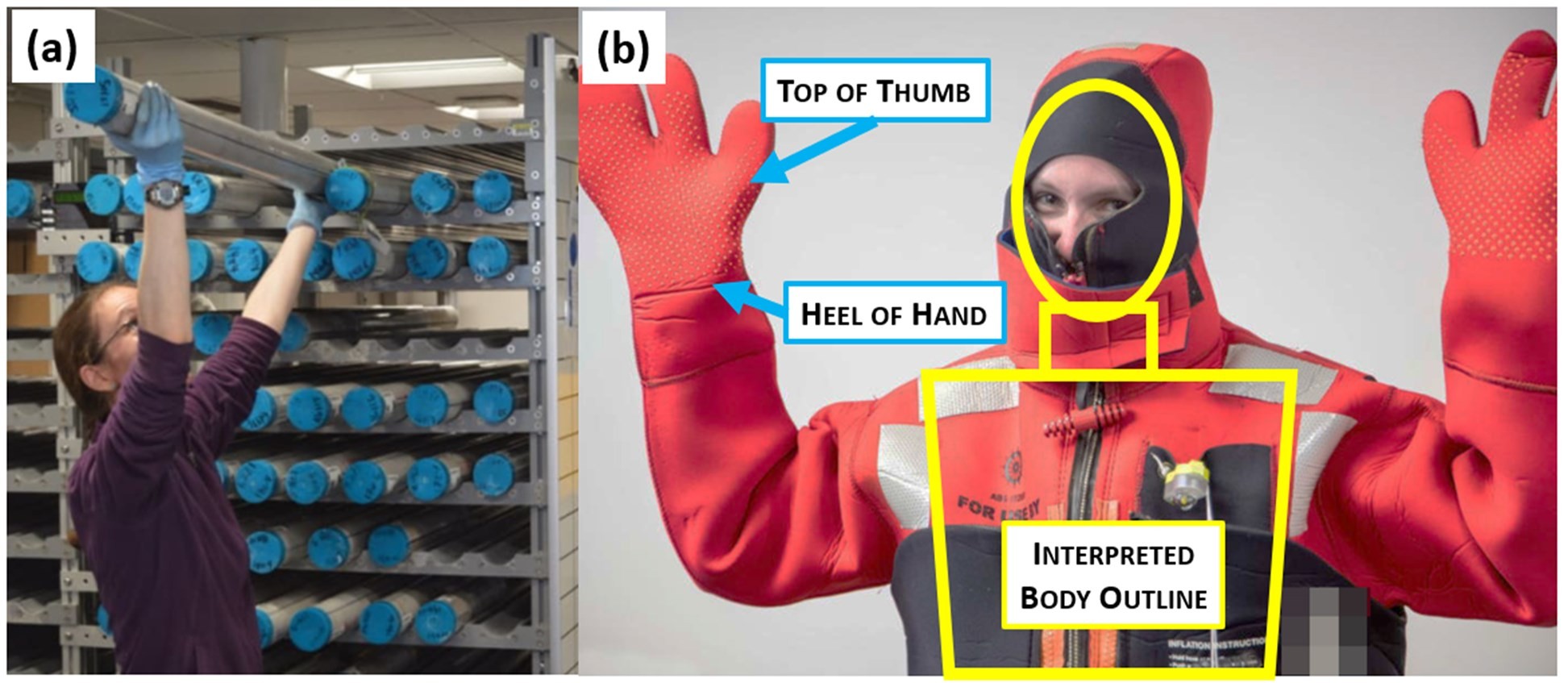
Figure 2 (a) and (b) show a small woman scientist on a research vessel in her normal work area and wearing a marine immersion suit. In addition to the harms listed previous from immersion in cold-water, the immersion suit fits this seagoing female scientist so poorly that she is more likely to trip, fall, or become entangled in deck debris than the male test subjects the suit was designed to fit.
Understanding where the design criteria and measurements come from is key to understanding women’s industrial safety risks in the hydrographic survey workplace.
3. The Reference Man: A Structural Barrier to Women’s Safety in the Workplace
Like almost all engineered safety equipment, from car seat belts to compression systems for flight suits, cold-water immersion suits were designed to protect human bodies from injury or death in harsh workplace environments. The human body measurements used to design these lifesaving safety devices were those of young, healthy male-bodied adults in North American or European military services in the 1950s – 1970s (United States National Institute for Occupational Safety and Health, 2021). The resulting human body model is called the Reference Man: a Caucasian male between 25-30 years of age, 175 cm tall, and 70 to 75 kg body weight.
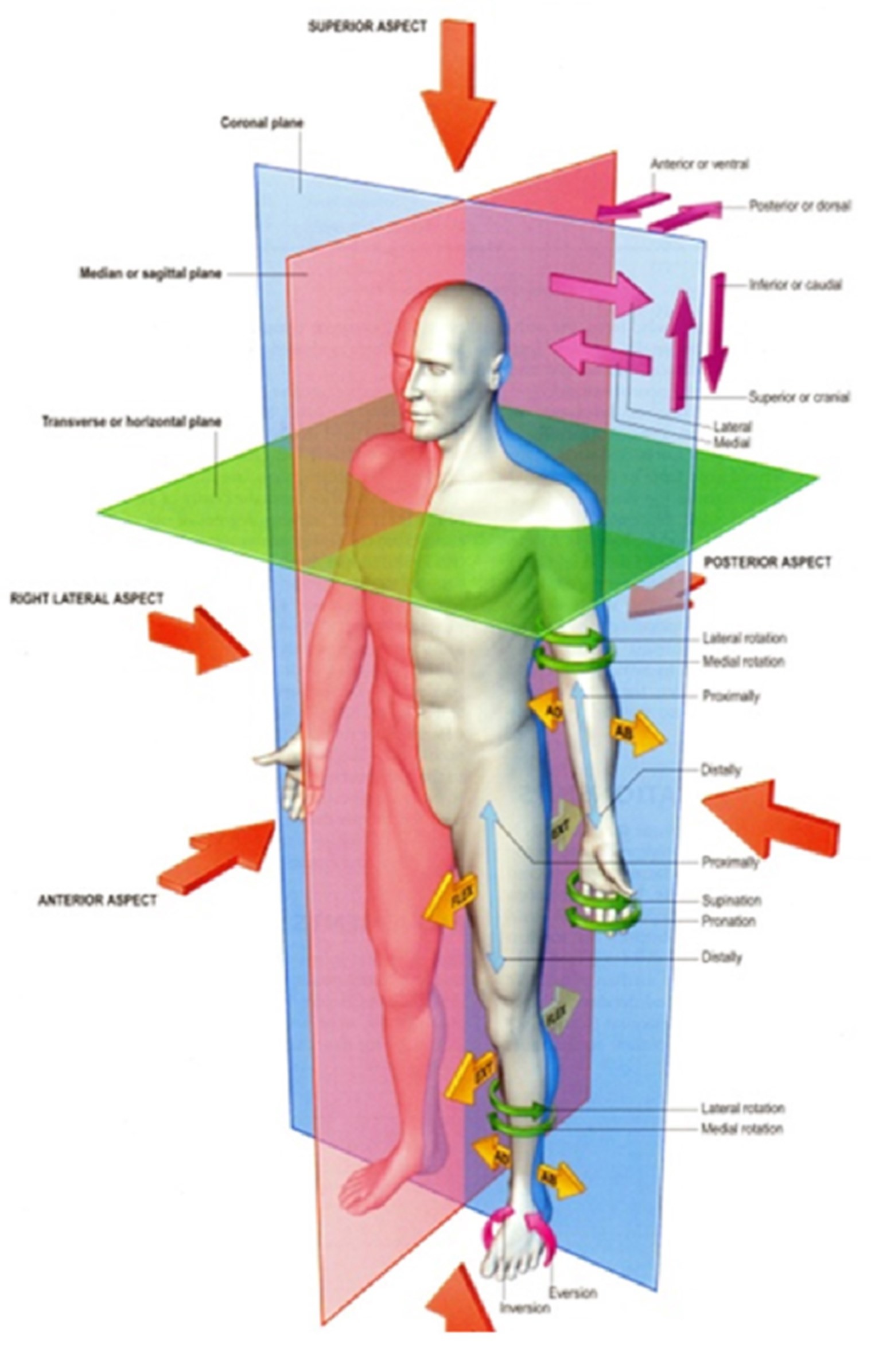
Relative to men in general and the Reference Man in particular:
- Women’s bodies are smaller, with smaller hands, feet and thoracic volume;
- Women have lower muscle mass, long bone circumference, and bone density;
- Women have different-shaped pelvises and rib cage bone structures and corresponding differences in the curvature and anatomy of the lumbar spine (Norton et al., 2004);
- Women have different metabolic rates than men and therefore need different thermal environments (Norton et al., 2004; Karjalainen, 2012);
- Women have different placement of body fat and internal organs;
- Women’s soft-tissue pelvic anatomy creates different needs for kidney health;
- Women have additional health and safety needs because of menstruation, pregnancy, and nursing.
It is completely impossible for women and female-bodied people (and a significant number of men!) to change their physical bodies to match the size, weight, strength, body shape, bone structure, and baseline metabolism of the Reference Man.
This is the paradox of women’s safety in the hydrographic survey workplace: women must use the same tools, personal protective equipment, furniture, and facilities as men, but because the workplace safety mitigations and lifesaving safety apparatus are designed for and tested on the Reference Man, they can put women at greater risk of injury, illness, or death relative to their male colleagues performing the same tasks or using the same apparatus in the same workplace environments.
Beyond a greater risk of death or injury, using equipment designed solely for the Reference Man has the unintended consequence of forcing women out of certain career paths. The United States Air Force designed flight ejection seats using a Reference Man based on a group of male airmen from 1967, and as a result fewer than 10% of female U.S. pilot candidates are physically tall enough to safely see over the instrument console of fighter aircraft, able to reach the ejection lever in the aircraft canopy or have heavy enough bodies for the ejection seat mechanism to function correctly in an emergency (Secretary of the Air Force Public Affairs, 2020). The U.S. Air Force has therefore identified fighter aircraft cockpit design as a critical problem that hampers the organizational mission by excluding otherwise good pilot candidates. For the 90% of small-bodied women pilot candidates themselves, being prohibited from piloting fighter aircraft for safety reasons is barrier to their career progression: U.S. Air Force fighter aircraft pilots have the highest likelihood out of all officers to be selected for leadership and commanding roles, which means that fighter aircraft cockpit design based on a Reference Man de facto excludes most female pilot candidates from being considered for senior leadership roles over two decades before they could otherwise reach that level of seniority.
In the commercial sector, hydrographers are frequently employed by offshore oil and gas (O&G) operators and travel to O&G installations by helicopter. A 2021 survey of offshore O&G workers in the United Kingdom found that 8% of female offshore workers had been forbidden to board an aircraft on safety grounds (admittedly through no fault of their own) until a suitably sized aviation immersion suit could be sourced (The Axis Network, 2020). Poorly fitting mission-critical safety equipment designed for the Reference Man posed an unacceptably high risk of injury or death to these women, and as a result the women were prohibited from flying out on their normal crew change aircraft. The individual women suffered direct harm because they were literally forbidden go to their work site, and the people and missions of the O&G installations suffered because they did not get their full replacement crew on crew change day.
4. Reference Man, Women’s Representation, and “The Big Three”
Throughout the research effort behind this Note, the authors found three broad categories of industrial safety barriers to women’s participation: Personal Protective Equipment (PPE) designed for the Reference Man, inadequate quartering, and ground-up equipment design flaws where the user was assumed to be a Reference Man. The authors refer to these barriers as The Big Three for women’s industrial safety.
Figure 3 shows examples of different industrial safety issues women face and where in the Big Three categories they fall. In each of these categories, women’s bodies and women’s physical needs were not considered during the equipment design phase or initial purchase orders. In addition, industry-standard policies and regulations were likewise designed for the Reference Man without adequately considering women’s physical needs.

The number of different safety problems in the Big Three demonstrates why policy changes are required to overcome the structural barriers that women face. While individual goodwill is helpful and welcome, goodwill alone cannot change the size and shape of lifesaving safety apparatus or international safety regulations, and goodwill certainly cannot change the size and shape of women’s bodies.
So, what to do?
5. Recommendations for International Organizations
The authors propose that the IHO leadership, in collaboration with IHO member states, philanthropies, members of the public, academia, and other organizations such as IMO form and finance a Women in Hydrography Development Fund. This fund could be part of the IHO Capacity Building mission and could be used to fund research activities and gender-aware policy advice.
We suggest that this fund be used immediately (0-6 months) to create a set of curated Minimum Adequate Solution Cards to guide users on how to correct common industrial safety challenges. Figure 5 shows an example of a Minimum Adequate Solution card to eliminate hazards caused by poorly fitting safety coveralls. The card includes a low-cost fast-adjustment method (sewing on hook-and-loop straps with D-rings) so that people who must share the same set of coveralls will still have the desired safety benefits.
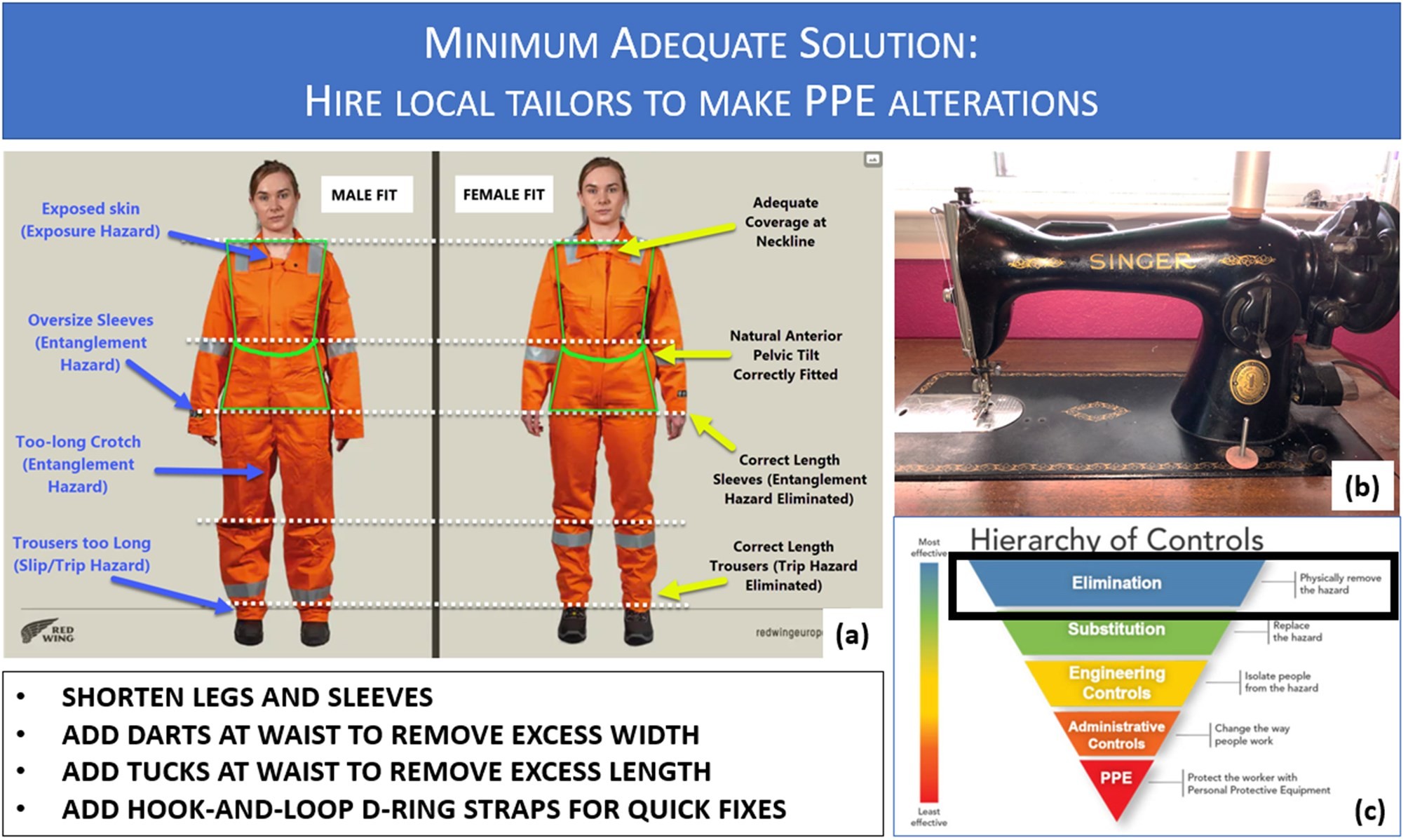
We propose that Minimum Adequate Solution cards be created by guided crowdsourcing:
- At an IHO general assembly meeting, task representatives of individual member states and other interested parties with completing one Minimum Adequate Solution card relevant to their country and working environment.
- By crowd-sourcing this effort, the IHO can get a wide variety of Minimum Adequate Solutions in a short period of time, while individual member states are not overly burdened by the work.
- Crowd-sourcing the effort allows member states with different physical environments to create sets of relevant Minimum Adequate Solution cards. Safety solutions that are useful in sub-Arctic Sweden may not be so in tropical Suriname or the highly variable marine climates of South Africa. If more member states participate, the resulting resource is more likely to be helpful for all women in hydrography.
- The industrial safety of women hydrographers must not be a privilege only enjoyed by women in resource-rich areas. Crowd-sourcing allows resource-restricted stakeholders to meaningfully participate and create Minimum Adequate Solutions to suit their resource levels.
- Hire an industrial safety consultant to curate the Minimum Adequate Solutions cards submitted by member states, with the goal of creating a set of gender-aware educational materials conforming to global safety best-practices.
- Data curation by knowledgeable experts has been shown to be a key driver in the success of a crowdsourced project (Stewart et al., 2020).
- Educational materials must be translated into common languages of IHO member states and published on the IHO website. The translation services may be crowd-sourced, if required, with the oversight of the safety consultant.
- Educational materials should include a set of easy to use “scripts” for organizations to use to discuss women’s safety equipment with their membership. By removing uncertainty about what people working for an organization should say or do, the scripts will help reduce institutional inertia and resistance to change.
- The first set of materials should be disseminated within six months from the General Meeting.
- Six months after the educational materials are distributed, member nations issue reports to the IHO on what they have achieved in that time frame. Publishing results is a form of accountability and a way to spark further discussions on improving women’s safety in the workplace.
In addition to the Minimum Adequate Solution cards, we propose that the Women in Hydrography Development fund be used for these other short-term purposes:
- Provide grants to Low and Medium Income (LMIC) member states to purchase correctly fitting equipment and supplies for the women working in their Hydrographic Offices or to retrofit existing equipment to meet Minimum Adequate Solution standards.
- Provide grants and in-kind resources to write white papers for government agencies, so that national or local regulations may be amended to be gender-aware and inclusive.
- For advocating for legislation or regulatory changes, the authors stress that these white papers should be written or at least reviewed by industrial safety specialists who have been hired for this exact purpose;
- Wherever possible, hire female industrial safety specialists for this work;
- Wherever possible, the safety specialists hired with IHO grant funding should work with existing safety agencies and academic research groups on drafting white papers, to maximize the impact of their efforts by collaborating with other women working towards the same goals.
For medium-term goals (6 months – 2 years), we propose the following:
- The IHO, IOC, IMO, and UN could dedicate resources (funding or in-kind resources) to building a library of women’s anthropometric measurements, which will be used to revise existing Safety of Life at Sea (SOLAS) regulations:
- Partner with medical research groups to obtain up-to-date body measurements of a diverse group of women, including pregnant, elder, and very petite women;
- Assist with development of representative software models and manikins to test sea survival equipment based on female body measurements;
- Producing a timeline for replacing unsuitable equipment and writing new regulations. At the time of publication, it is the year 2022 and there are eight years remaining in the UN Ocean Decade: we propose that by the year 2030, at least new software models for women’s bodies should be designed and in testing, and preferably manikins representing women ’s bodies be in design phase.
- Create a Women in Hydrography Development Panel to create objective performance metrics for IHO, IMO, GEBCO, and IOC member states to use in their efforts to remove barriers to women’s participation.
- Form subcommittees on different topics that require different areas of expertise. Industrial safety with regards to equipment, quartering, and PPE is one area of expertise;
- Subcommittees should be woman-led and mission-focused with at least 60% female membership and at least one subject matter expert as subcommittee leader;
- Panel members should be compensated for their time;
- The panel will develop sets of performance metrics, tables, and timelines for high, medium, and low-income IHO member states to implement gender-focused changes;
- The panel will create a reward structure and financial incentives for member states to implement policy changes.
- Form subcommittees on different topics that require different areas of expertise. Industrial safety with regards to equipment, quartering, and PPE is one area of expertise;
- Create a structure for the IHO, IOC, and IMO to audit policy changes and compliance among IHO member states and a dedicated website to publish audit results.
For long term goals (> 2 years), we propose the following:
- The IHO, IMO, IOC, and UN collaborate to review and redesign the SOLAS International Life-Saving Appliance Code (LSA) to accommodate women’s bodies and physical needs;
- Begin biannual compliance audits of IHO member states;
- Publish compliance data of IHO member states on a public-access website, including a section for success stories for other organizations to follow;
- Refine grant allocations and woman-focused Capacity Building training programs to keep abreast of current research and build partnerships for target areas.
Collaboration is critical to this effort. The topic of women ’s safety in the offshore environment is not new, and there is no need for the IHO membership to recreate existing work. Figure 6 (a) and (b) below show an example of how adapting existing national standards for worldwide use achieves the goal of making work at sea safer for women. The aviation immersion suits shown in Figure 6 (a) were developed by Canadian and Norwegian interests who included women ’s body measurements in their designs, while the Marine immersion suit in Figure 6 (b) is not. The IHO Women in Hydrography Development Panel could, for example, choose to recommend using Transport Canada standards for aviation immersion suits and focus their attention on reviewing SOLAS-class marine immersion suits.
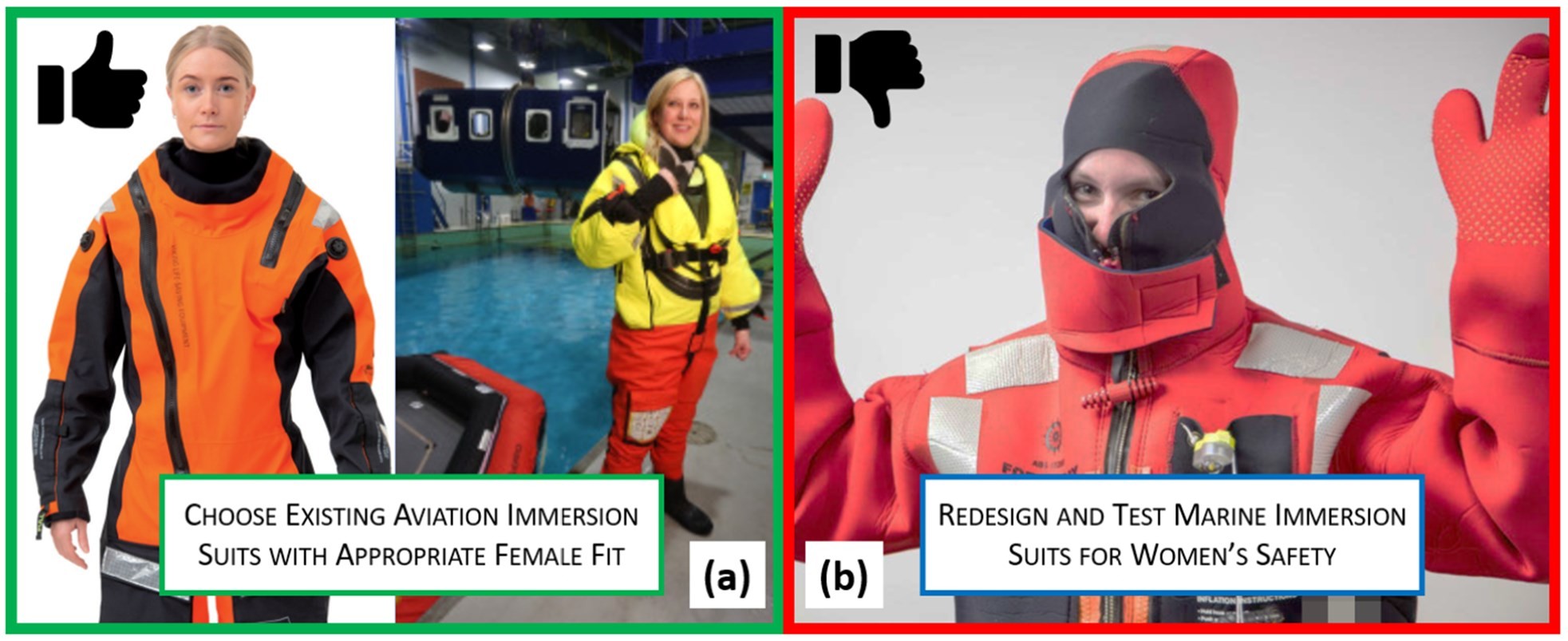
6. Recommendations for Private-Sector, Government, and Academic Organizations
Academic, single-country governmental, and private sector organizations do not need to wait for the IHO or other international organizations to begin addressing Big Three safety problems.
The authors encourage interested groups to participate in the Empowering Women in Hydrography project for the sake of your own organization’s mission. One of the desired results of this project is to enhance the success of your organization’s mission by changing your institution’s systems to attracts and retains talented team members. To that end, organizations can begin to address women’s safety concerns immediately by creating woman-led, woman-focused task groups.
The following recommendations for building successful task groups are based on the authors ’ collective experience in similar efforts.
Senior Leadership at all types of organizations must appoint a responsible person who has both authority and responsibility to allocate time, money, and resources to oversee the women’s safety mitigation task groups. This role is not optional: if the task groups do not have a person who has the authority to implement their recommendations, the effort will fail.
Task groups should be women -led and women-centered—as women are the people most burdened by The Big Three physical safety challenges, they must be the ones who offer solutions appropriate for their level of the organization.
- Task groups should be provided adequate resources by their organizations, including giving women in the task group relief from their usual duties so that they may focus on the task group’s work. Do not simply assign women more work without relief or adjusting schedules and deadlines.
- Task groups should include as many women of different racial and ethnic backgrounds and age groups as feasible.
- Different task groups are needed for different workplace environments. Office workplaces, ships, aircraft, and land-based field survey parties have different industrial safety considerations.
- When new capital equipment purchases are planned, organizations should include women on design teams and include women’s body measurements in their design criteria.
- Assign a time-sensitivity rating for each recommendation the task group produces. Tasks that can be done immediately should be done immediately.
Leadership and Task Groups together must commit to a deadline for implementing recommendations. Leadership and task groups should publish results to demonstrate progress and pro- vide some level of accountability.
In closing, we repeat that the foundation of the Empowering Women in Hydrography Project is respect: respect your female colleagues enough to take proactive steps to protect their on-the-job industrial safety and respect your organization’s mission enough remove barriers that drive away the talented and skilled people you seek to retain. Creating good institutional policies to overcome the Big Three barriers and mitigate the challenges of equipment based on a Reference Man demonstrates that respect.
Readers are reminded that the industrial safety barriers we present here are literally of life and death importance – so it is time to start making changes today.
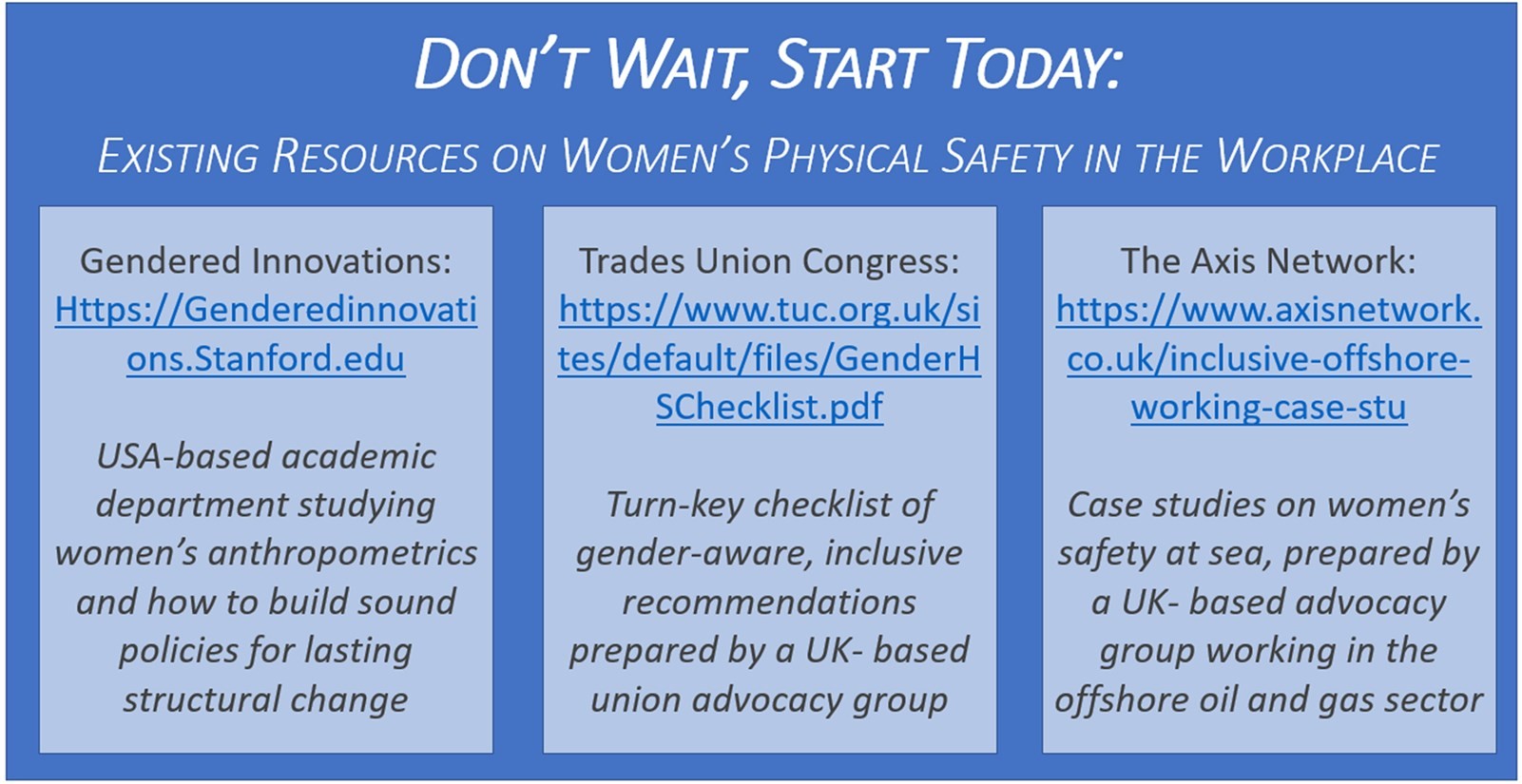
7. Acknowledgments
The authors wish to thank Denis Hains, Darren Male, Haley Hollis, and Sean Autin for their support in writing this Note.
8. References
– Glüder, A. (2020). “Equity and safety in polar oceanography? Let’s start with equal chances of survival. Literally.” Oceanography 33(3), pp. 8-9. https://doi.org/10.5670/oceanog.2020.303
– Hagan, R., Bernhard, R., Jacobs, K., Cohen, B., and Hodgdon, J. (1996). Evaluation of Whole- Body Anti-Exposure Suits During Exercise in Cold Water. United States Navy Naval Health Research Center, Bethesda, USA. Accessed 20 January 2022 at https://apps.dtic.mil/sti/pdfs/ADA323495.pdf
– Iyoho, A., Ng, L., and MacFadden, L. (2017). “Modeling of Gender Differences in Thermoregulation.” Military Medicine 182(1), pp. 295-303. Accessed 20 January 2022 at https://doi.org/10.7205/MILMED-D-16-00213
– Karjalainen, S. (2012). “Thermal comfort and gender: a literature review.” Indoor Air 22(2), pp. 96-109. doi: 10.1111/j.1600-0668.2011.00747.x
– Norton, B., Sahrmann, S., and Van Dillen, L. (2004) “Differences in Measurements of Lumbar Curvature Related to Gender and Low Back Pain.” Journal of Orthopaedic & Sports Physical Therapy 34(9), pp. 524-534. https://www.jospt.org/doi/10.2519/jospt.2004.34.9.524
– Power, J. and Simões Ré, A. (2010). Human Performance in Immersion Suits. National Research Council of Canada Institute for Ocean Technology. Accessed 20 January 2022 at http://oshsi.nl.ca/userfiles/files/report/NRC-IOT%20Human%20Performance%20in%20Immersion%20Suits.pdf
– Schellen, L., Loomans, M., de Wit, M., Olesen, B., and van Marken Lichtenbelt, W. (2012). “The influence of local effects on thermal sensation under non-uniform environmental conditions– gender differences in thermophysiology, thermal comfort and productivity during convective and radiant cooling.” Physiology and Behavior 107 (2), pp. 252-261. DOI: 10.1016/j.physbeh.2012.07.008
– Secretary of the Air Force Public Affairs (2020). New Acquisition Guidance Leverages Diverse Talent Pool for Competitive Edge. United States Air Force, 7 August 2020. Accessed 20 January 2022 at https://www.af.mil/News/Article-Display/Article/2304220/new-acquisition-guidance-leverages-diverse-talent-pool-for-competitive-edge/
– Stewart, H., Brumley, K., and Millar, D. (2020) “The Power of Many: Building Successful Collaborative and Community Partnerships in Bathymetric Mapping to Achieve Sustainable Management Goals on the Laurentian Great Lakes.” Marine Technology Society Journal 54 (3), pp. 6-12.
– The Axis Network (2020). Case Studies and Useful tips. Site accessed 20 January 2022, https://www.axisnetwork.co.uk/
– United States National Institute for Occupational Safety and Health (2021). Anthropometry. United States Centers for Disease Control and Prevention. Accessed on 20 January 2022 at https://www.cdc.gov/niosh/topics/anthropometry/default.html

